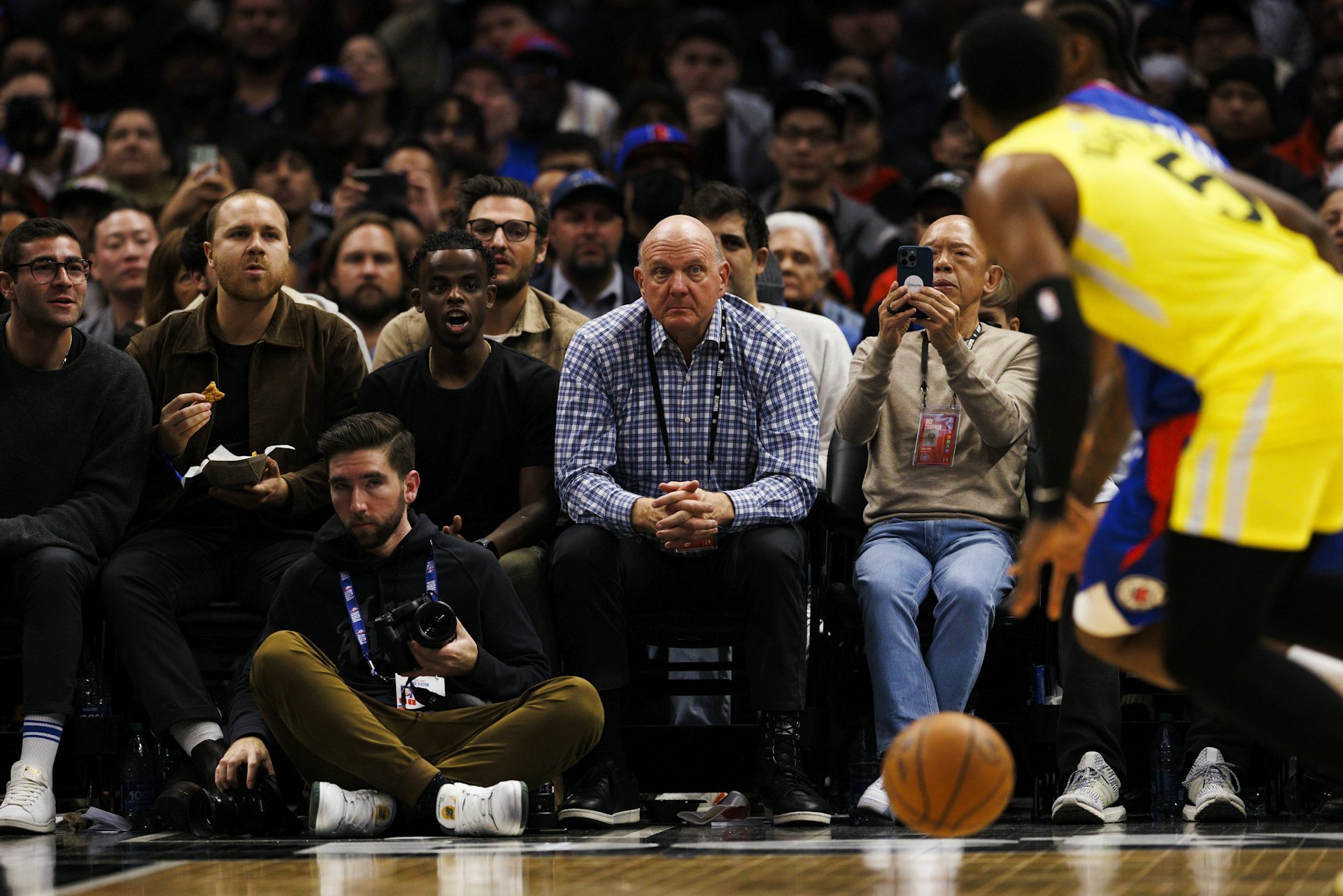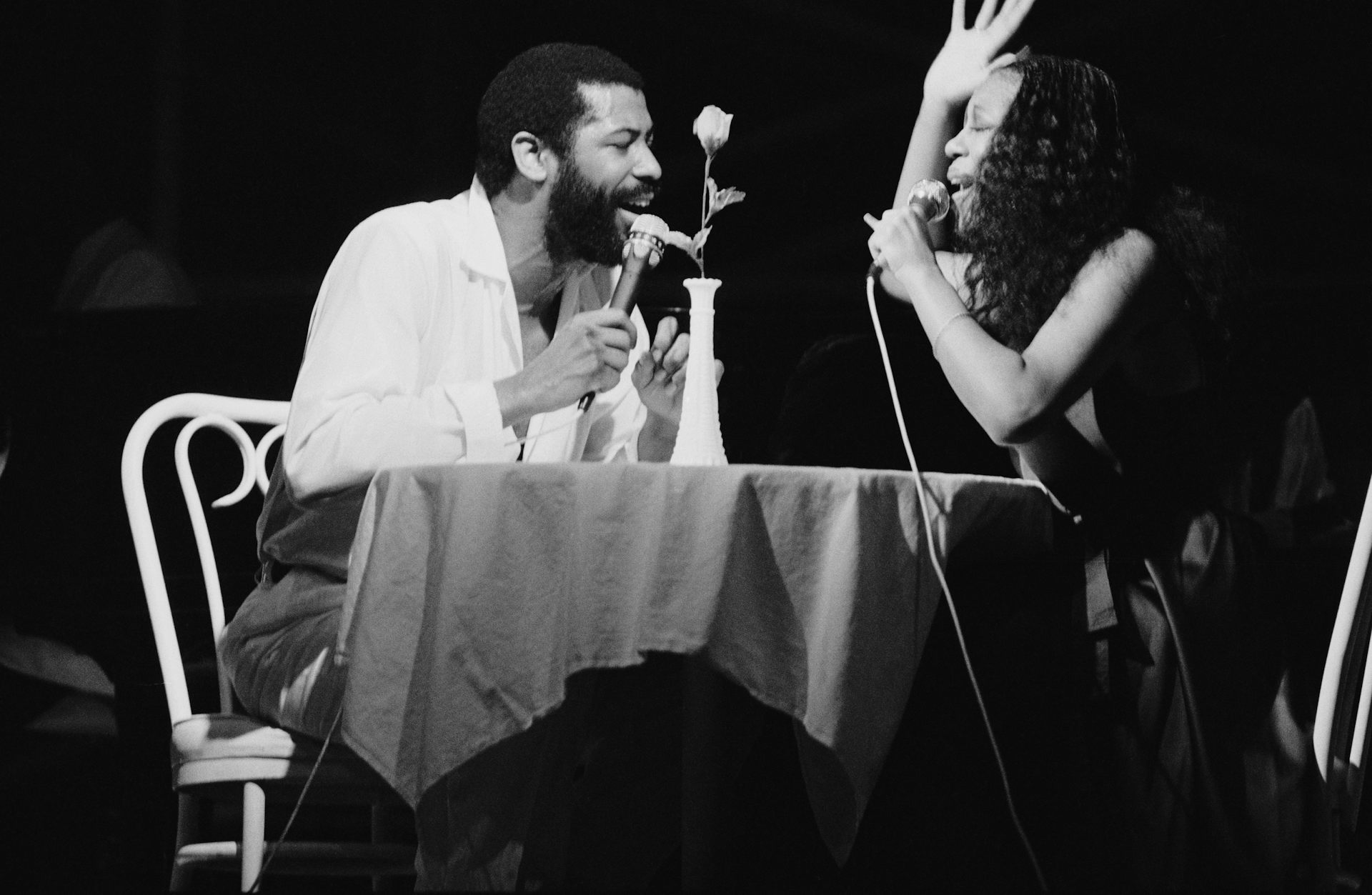Hayao Miyazaki’s 'Spirited Away' continues to delight fans and inspire animators 20 years after its
Despite the fact that many of its elements were alien to American audiences, the film became a sensation.
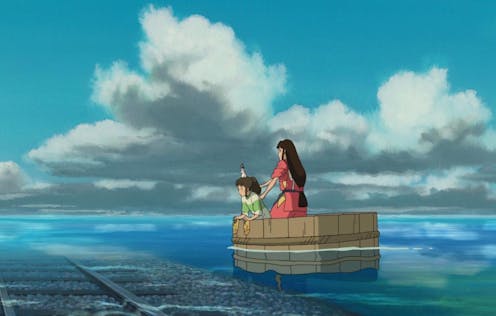
When Hayao Miyazaki’s animated feature “Spirited Away” premiered in the U.S. 20 years ago, most viewers hadn’t seen anything like it.
Disney distributed the film. But as one critic pointed out, “Seeing just 10 minutes of this English version … will quickly disabuse any discerning viewer of the notion that it is a Disney creation.”
It tells the story of a 10-year-old girl named Chihiro who, when traveling with her parents, stumbles across what appears to be an abandoned theme park. As they explore, the parents are transformed into giant pigs, and Chihiro soon realizes that the park is occupied by strange, supernatural spirits. She ends up working at a bathhouse as she tries to figure out a way to free herself and her parents so they can return home.
The film went on to win an Oscar for Best Animated Feature. Twenty years later, it’s frequently listed as one of the best animated films of all time.
Yet as a scholar of manga and anime studies, I’m often struck by how popular the film became – and how fondly viewers remember it – given that so many of its elements would have been alien to American audiences.
The manga revolution
Many of the first anime films were inspired by manga, or Japanese comics.
Some of the hallmarks of modern manga, such as characters with big eyes, streaks to signal movement and different-sized panels to convey action, character and emotion more effectively, can be traced to the work of Osamu Tezuka, the so-called “God of Manga.”
Tezuka was influenced by his childhood and Japanese culture, but he was also inspired by American movies, television and comics.
The well-lit eyes of the Takarazuka, an all-female theater group in Tokyo, inspired the big, expressive eyes that would become characteristic of Tezuka’s work. When Tezuka was a child, his father showed him American animation on a Pathe projector, and he was drawn to characters like Betty Boop, whose eyes were drawn with thick mascara.
Tezuka’s debut manga, titled “New Treasure Island,” was published in 1947 and became a hit with Japanese youth. Soon an entire manga industry sprang up, churning out vibrantly creative and emotionally relatable comics in a wide range of genres.
Miyazaki was 21 years old when Tezuka’s popular manga “Astroboy” appeared on TV in Japan in 1963. NBC soon picked it up, airing 102 episodes in the U.S. and exposing millions of Americans to Japanese anime for the first time.
Over the ensuing decades, Americans enthusiastically embraced a range of manga and anime series through franchises like “Dragon Ball,” “Naruto” and “Demon Slayer.”
Doing anime differently
Miyazaki began his career in 1963 as an entry-level animator for Toei animation. He went on to work on a number of animated TV shows and films before founding his own production company, Studio Ghibli, with his longtime friend and collaborator, Takahata Isao, in 1985.
Anime is often based on successful manga series, and it involves creating a vibrant character kingdom and the construction of a world that often lends itself to spinoffs like movies, television shows, musicals, toys and massive merchandising opportunities.
In this sense, many of the films that came out of Studio Ghibli were not really traditional anime. Most lack the merchandizing tie-ins that have become ubiquitous in franchises like “Pokemon” and “Yu-Gi-Oh.” And while some of Ghibli’s films originated as manga, many of them did not. Miyazaki and his team also broke from industry norms by hiring artists as full-time staffers, rather than as underpaid freelancers.
As Miyazaki once said, “Animation has the potential to be far more than just about business, or merchandising, or selling character goods; it can have its own ambitions.”
When the line between good and evil blurs
When “Spirited Away” was released, the only feature-length Japanese animated film most Americans would have likely been exposed to in theaters was “Akira,” which had a limited run in 1990. The Academy of Motion Picture Arts and Sciences didn’t even award an Oscar for Best Animated Feature until 2001, because Disney and Pixar so thoroughly dominated the genre.
Compared with traditional Western animation, manga and anime tend to reflect a more adult and complicated view of morality, rather than the “good versus evil” paradigm common in children’s media.
“Spirited Away” centers on a spirit world that, while present in various other manga and anime films, challenges non-Japanese audiences. It is unclear whether the spirits will harm or help the protagonist. Miyazaki, New York Times film critic Elvis Mitchell wrote, captures “that fascinating and frightening aspect of having something that seems to represent good become evil.”
The world appears to be inspired by a class of supernatural entities and spirits in Japanese folklore known as “Yokai,” although Miyazaki has noted that he invented his own spirits, rather than use previously known Yokai. “Demon Slayer,” a 2020 anime film that was a hit in the U.S., also contained characters from the spirit world.
As Yokai expert Matt Alt told me, “Only a place with countless shrines, each venerating their own locations and local deities, could have dreamed up something like ‘Spirited Away.’”
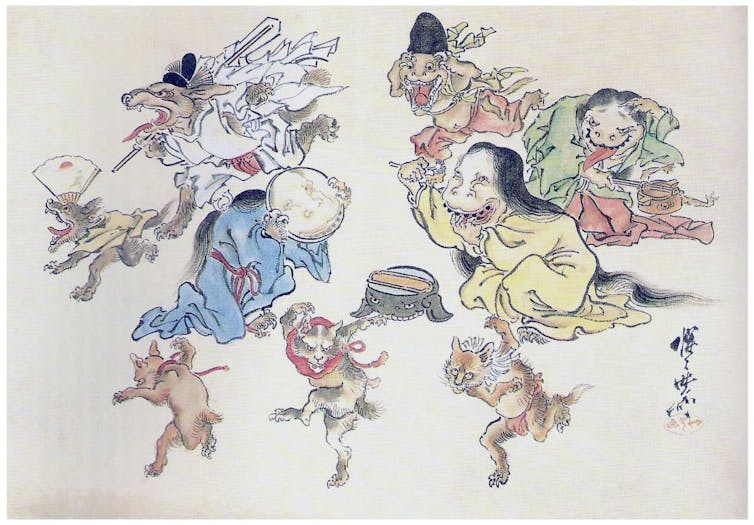
Yet thanks to the beauty of the film’s visuals – as well as the fact that, deep down, it contains universal storytelling tropes – Miyazaki can get viewers to buy into his world. No matter how strange a shape-shifting sludge spirit might appear to audiences, they can still relate to the spunky, and sometimes sullen, Chihiro.
As Miyazaki explained in an interview, the film’s idiosyncrasies ultimately enhance its universality: “No one waves weapons about or has showdowns using superpowers, but it’s still an adventure story. And while an adventure story, a confrontation between good and evil is not the main theme either. This is supposed to be the story of a young girl who is thrown into another world, where good people and bad are all mixed up and coexisting.”
“In this world,” he continues, “she undergoes rigorous training, learns about friendship and self-sacrifice and, using her own basic smarts, somehow not only survives but manages to return to our world.”
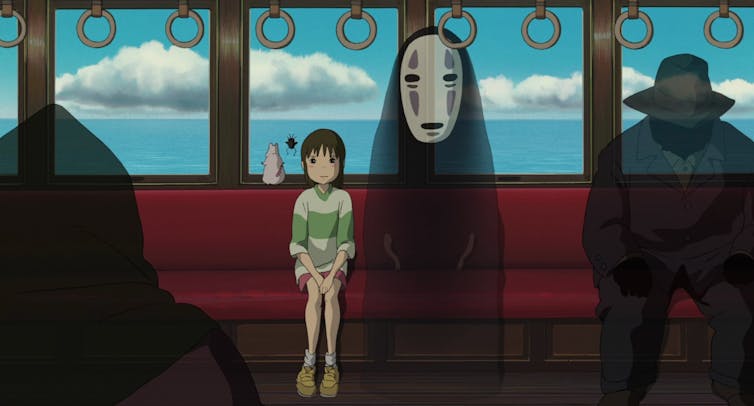
A lasting imprint
While Walt Disney and other American creators made a huge impression on Tezuka, the influences of anime can be seen in countless American films and TV shows.
This sort of cultural cross-pollination, which I detail in my book “Manga and Anime Go to Hollywood,” has been going on for decades.
Miyazaki’s films also have made a unique imprint on the imaginations of a generation of Western animators.
John Lasseter, the former chief creative officer of Pixar, has said that whenever he and his team got stuck for ideas, they would screen a Miyazaki film for inspiration. Domee Shi, the director for Pixar’s “Turning Red,” specifically cited “Spirited Away” as a huge influence. And a 2014 episode of “The Simpsons” even contained a tribute to Miyazaki.
Tezuka once said that a story was like a tree, which is only as strong as its roots.
To me, Miyazaki and his team achieved the highest level of filmmaking by not only creating gorgeous visuals, but by also crafting relatable lead characters, a compelling supporting cast and rich, enthralling worlds. Engaging viewers with a creative story arc, he always found a way to land with an timeless message.
Miyazaki noted that Chihiro ultimately returns to her ordinary world “not by vanquishing evil, but as a result of having learned a new way to live.”
Northrop Davis does not work for, consult, own shares in or receive funding from any company or organization that would benefit from this article, and has disclosed no relevant affiliations beyond their academic appointment.
Read These Next
From FIFA to the LA Clippers, carbon offset scandals are exposing the gap between sports teams’ gree
There are better ways for teams to cut their climate impact.
Sabrina Carpenter’s and Chapelle Roan’s sexy pop hits have roots in the bedroom ballads of Teddy Pen
The soul singer-turned-R&B sex symbol Teddy Pendergrass helped defined the Sound of Philadelphia…
Are sanctuary policing policies no more than a public relations facade?
In a new book based on hours of body-cam footage, a legal scholar shows how local police in sanctuary…


